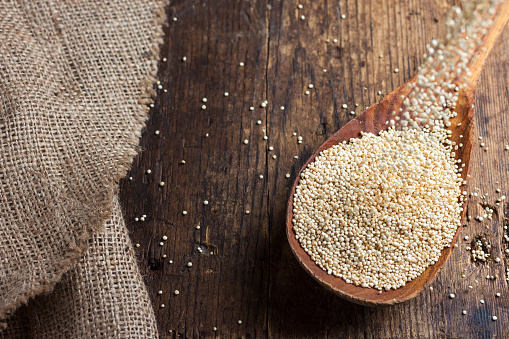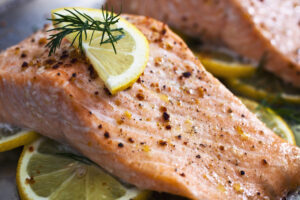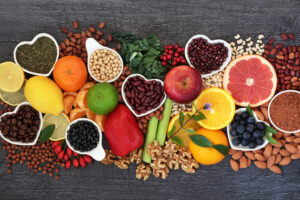We hope you have all run to the grocery store to purchase some quinoa! Today’s article has a reminder of why quinoa is so good for you and how you can incorporate it into your diet.
Nutrition Facts:
Quinoa (pronounced “keen-wah”) was referred to as the “mother of all grains” by the Incas of the Andean region of South America. Quinoa’s nutrition profile includes:
- gluten free
- high in protein, it contains a nearly perfect balance of all eight essential amino acids, making quinoa a complete protein food!
- good source of iron
- relatively good source of vitamin E and several B vitamins.
Quinoa is exceptionally high in the amino acids lysine, cysteine, and methionine which are usually are typically low in other grains and legumes.
Cooking Tips:
For those who have never cooked quinoa, this will help guide you with some tips on how to cook it:
- Before cooking, quinoa seeds should be rinsed to remove the bitter resin like coating. Although quinoa is rinsed before it is packaged and sold, it is advisable to place the seed in a strainer and rinse again at home before use to remove any remaining residue.
- Quinoa has high oil content, so it should be stored in the fridge to avoid becoming rancid
- Quinoa is coated with saponin, which will give it a bitter taste unless you rinse it thoroughly. Sometimes quinoa has had the saponin removed, which makes life easier.
- It’s better to soak quinoa 15 min – 1/2 hour before cooking, to loosen the saponin, but if you don’t have much time, try five minutes in hot water, and an extra rinse or two.
- Excellent alternative to white rice or couscous.
- Serve as a high-protein breakfast food mixed with honey, almonds, or berries.
- Add to soups instead of rice or barley.
- Quinoa flour can be used in wheat-based and Gluten free baking.






